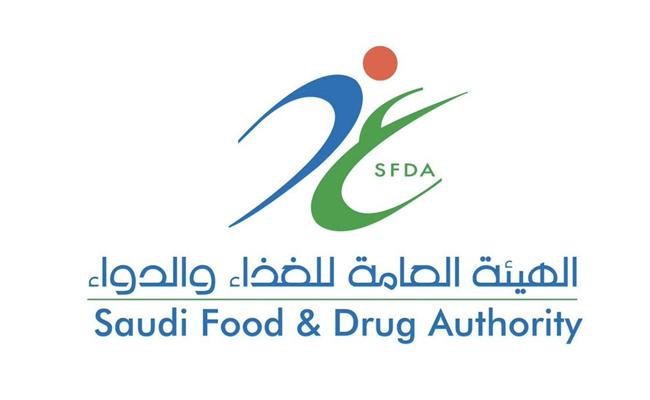
Ciprofloxacin-Resistant Gram-Negative Bacilli in the Fecal Microflora of Children
Ciprofloxacin-Resistant Gram-Negative Bacilli in the Fecal Microflora of Children
Ciprofloxacin-Resistant Gram-Negative Bacilli in the Fecal Microflora of Children
2007-01-24
Department of Laboratory Medicine, Children's Hospital and Regional Medical Center, Seattle, Washington,1 Department of Laboratory Medicine, the University of Washington School of Medicine, Seattle, Washington,2 Division of Gastroenterology, Department of Pediatrics, Children's Hospital and Regional Medical Center, Seattle, Washington,3 Mucosal and Vaccine Research Center, VA Medical Center, Minneapolis, Minnesota,4 Department of Medicine, University of Minnesota, Minneapolis, Minnesota,5 Virginia Mason Medical Center, Seattle, Washington,6 Foodborne and Diarrheal Diseases Branch, Division of Bacterial and Mycotic Diseases, National Center for Infectious Diseases, Centers for Disease Control and Prevention, Atlanta, Georgia,7 Department of Pediatrics, University of Washington School of Medicine, Seattle, Washington,8 Departments of Pediatrics and Molecular Microbiology, Washington University School of Medicine, St. Louis, Missouri9
Received 2 May 2006/ Returned for modification 2 July 2006/ Accepted 18 July 2006
The extent to which antibiotic-resistant bacteria are excreted by humans who have not been exposed to antibiotics is not known. Children, who rarely receive fluoroquinolones, provide opportunities to assess the frequency of fecal excretion by fluoroquinolone-naïve hosts of fluoroquinolone-resistant gram-negative bacilli. Fresh nondiarrheal stools from children were processed by screening them on agar containing ciprofloxacin to recover ciprofloxacin-resistant gram-negative bacilli. Resistant isolates were identified, and ciprofloxacin MICs were determined. Resistant Escherichia coli isolates were also analyzed for urovirulence-associated loci. Thirteen (2.9%) of 455 stools yielded ciprofloxacin-resistant E. coli (seven children), Stenotrophomonas maltophilia (four children), and Achromobacter xylosoxidans and Enterobacter aerogenes (one child each). Neither the subjects themselves nor members of their households used fluoroquinolones in the 4 weeks preceding collection. Six of the seven resistant E. coli isolates belonged to phylogenetic groups B2 and D, in which extraintestinal pathogenic E. coli bacteria are frequently found. All resistant E. coli isolates contained at least three putative E. coli virulence loci. Most ciprofloxacin-resistant bacteria were resistant to additional antibiotics. Potentially pathogenic bacteria that are resistant to therapeutically important antimicrobial agents are excreted by some humans, despite these persons' lack of exposure to the particular drugs. The sources of these resistant organisms are unknown. This underrecognized reservoir of drug-resistant potential pathogens poses public health challenges.
American Society for Microbiology



